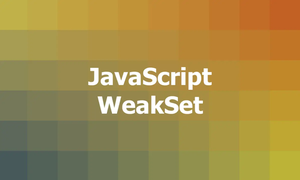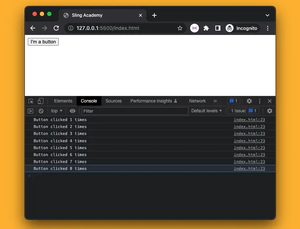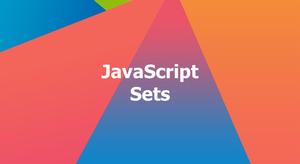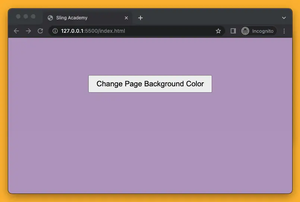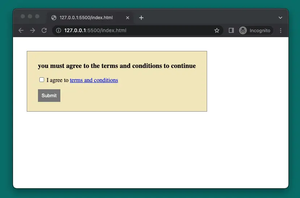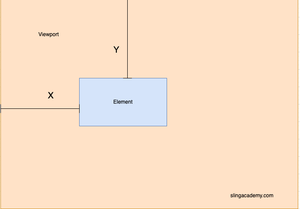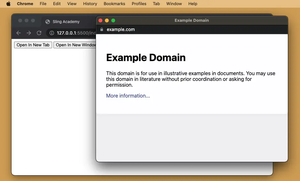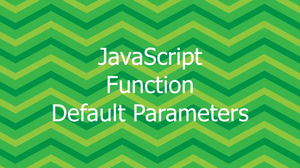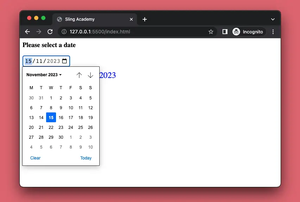Geometry and computer graphics are deeply integrated into programming, serving as the backbone for developing visually interactive applications. In JavaScript, handling geometric calculations such as calculating distances and finding intersections can be seamlessly managed using Geometry Interfaces.
Getting Started with Geometric Shapes
To start with geometrical calculations, we first need to represent geometric shapes. Below is an example of how you might represent basic shapes like points and lines in JavaScript:
// Define a Point class
class Point {
constructor(x, y) {
this.x = x;
this.y = y;
}
}
// Define a Line class
class Line {
constructor(point1, point2) {
this.point1 = point1;
this.point2 = point2;
}
}Here, we define a Point class that takes an x and y coordinate. Similarly, a Line is defined by two points, point1 and point2.
Calculating Distance Between Two Points
The distance between two points in a 2D plane can be calculated using the Pythagorean theorem. The formula is:
distance = √((x2 - x1)² + (y2 - y1)²)
Let's implement this formula in JavaScript:
function calculateDistance(pointA, pointB) {
const dx = pointB.x - pointA.x;
const dy = pointB.y - pointA.y;
return Math.sqrt(dx * dx + dy * dy);
}
// Example usage
const pointA = new Point(3, 4);
const pointB = new Point(7, 1);
console.log(calculateDistance(pointA, pointB)); // Output: 5In the code above, calculateDistance takes two Point objects and computes the distance between them using the Pythagorean theorem.
Intersecting Two Lines
Finding an intersection point of two lines is another common geometric problem. Two lines intersect if they share at least one common point.
The lines are given by the equation:
ax + by = c
For two lines:
Line 1: a1x + b1y = c1
Line 2: a2x + b2y = c2
The intersection point can be found using the determinant method.
function findIntersection(line1, line2) {
const {x: x1, y: y1} = line1.point1;
const {x: x2, y: y2} = line1.point2;
const {x: x3, y: y3} = line2.point1;
const {x: x4, y: y4} = line2.point2;
const denom = (x1 - x2) * (y3 - y4) - (y1 - y2) * (x3 - x4);
if (denom === 0) {
return null; // Lines are parallel
}
const intersectX = ((x1 * y2 - y1 * x2) * (x3 - x4) - (x1 - x2) * (x3 * y4 - y3 * x4)) / denom;
const intersectY = ((x1 * y2 - y1 * x2) * (y3 - y4) - (y1 - y2) * (x3 * y4 - y3 * x4)) / denom;
return new Point(intersectX, intersectY);
}This function will return a Point object representing the intersection if it exists or null if the lines are parallel.
Utilizing Geometry Libraries
Though creating your own geometric calculations is instructive, libraries like Paper.js or Three.js provide advanced geometric computation capabilities along with rendering:
// Example using Paper.js
const start = new Point(100, 100);
const end = new Point(200, 200);
const line = new Path.Line(start, end);
line.strokeColor = "black";These libraries handle intricate mathematical equations and graphic rendering, making it easier to build complex visualizations.
Conclusion
Handling geometric interfaces in JavaScript enables developers to perform complex geometric operations with relative ease. Through simple calculations or utilizing robust libraries, you can enhance the graphical capacity of your applications significantly.

